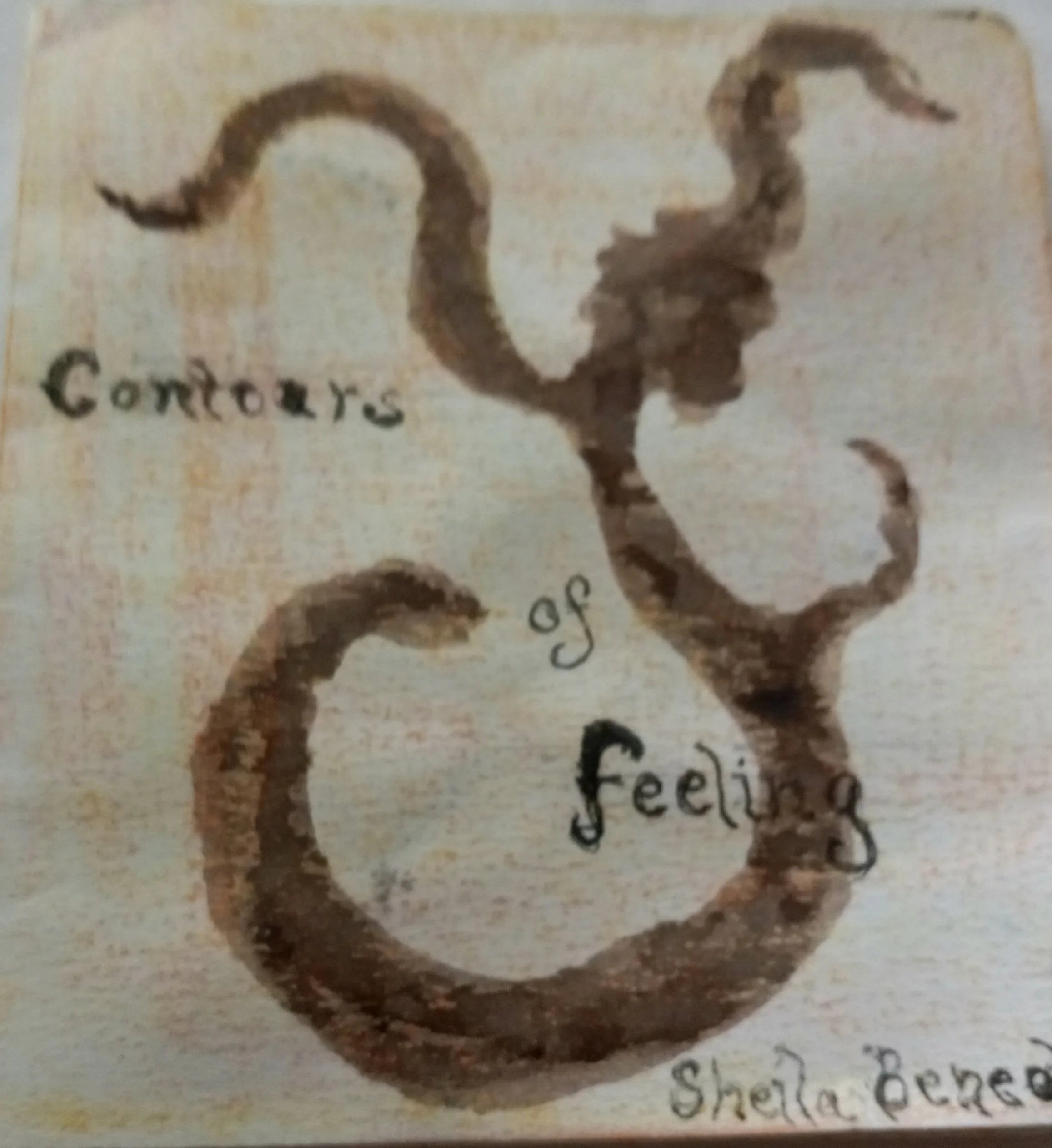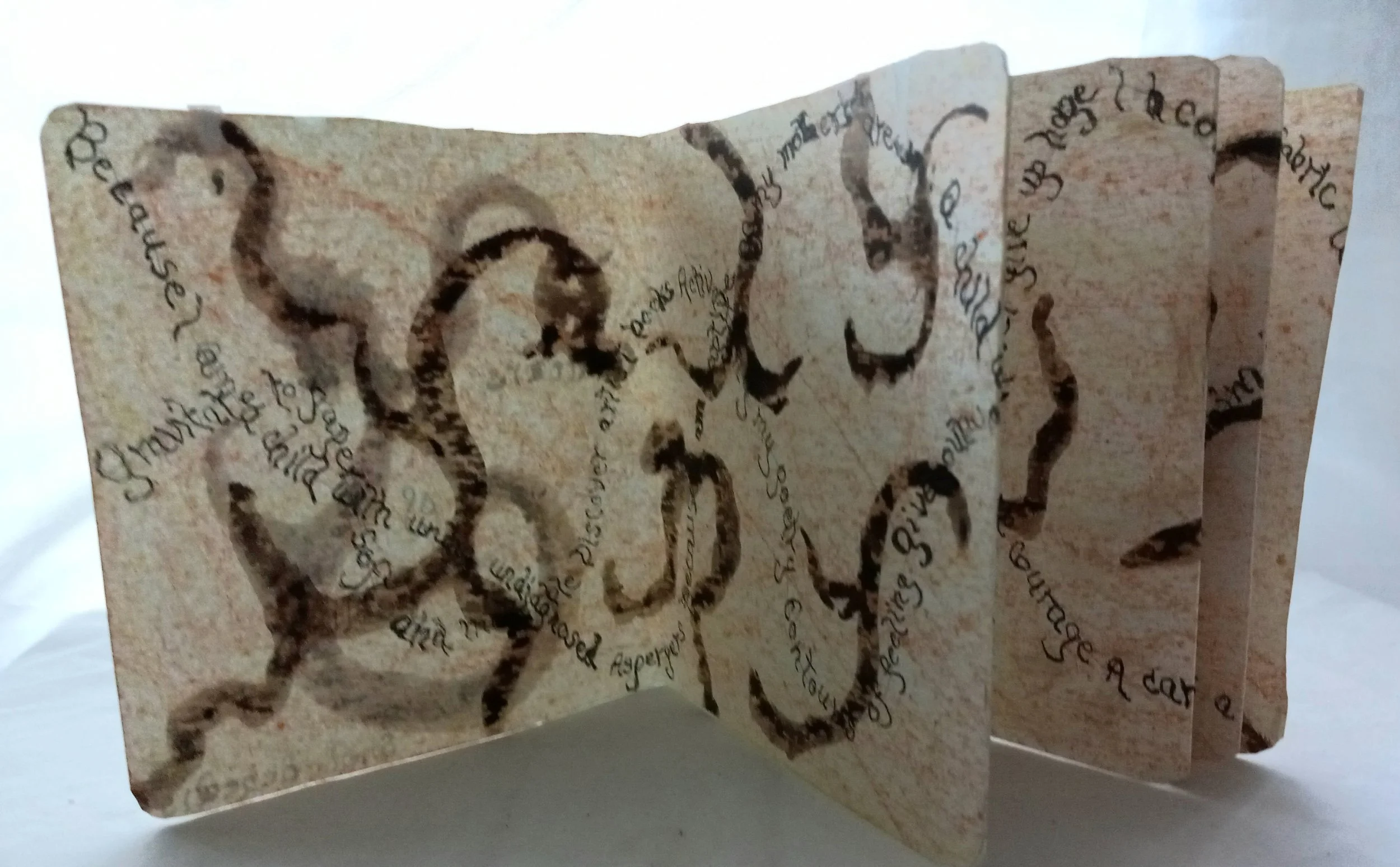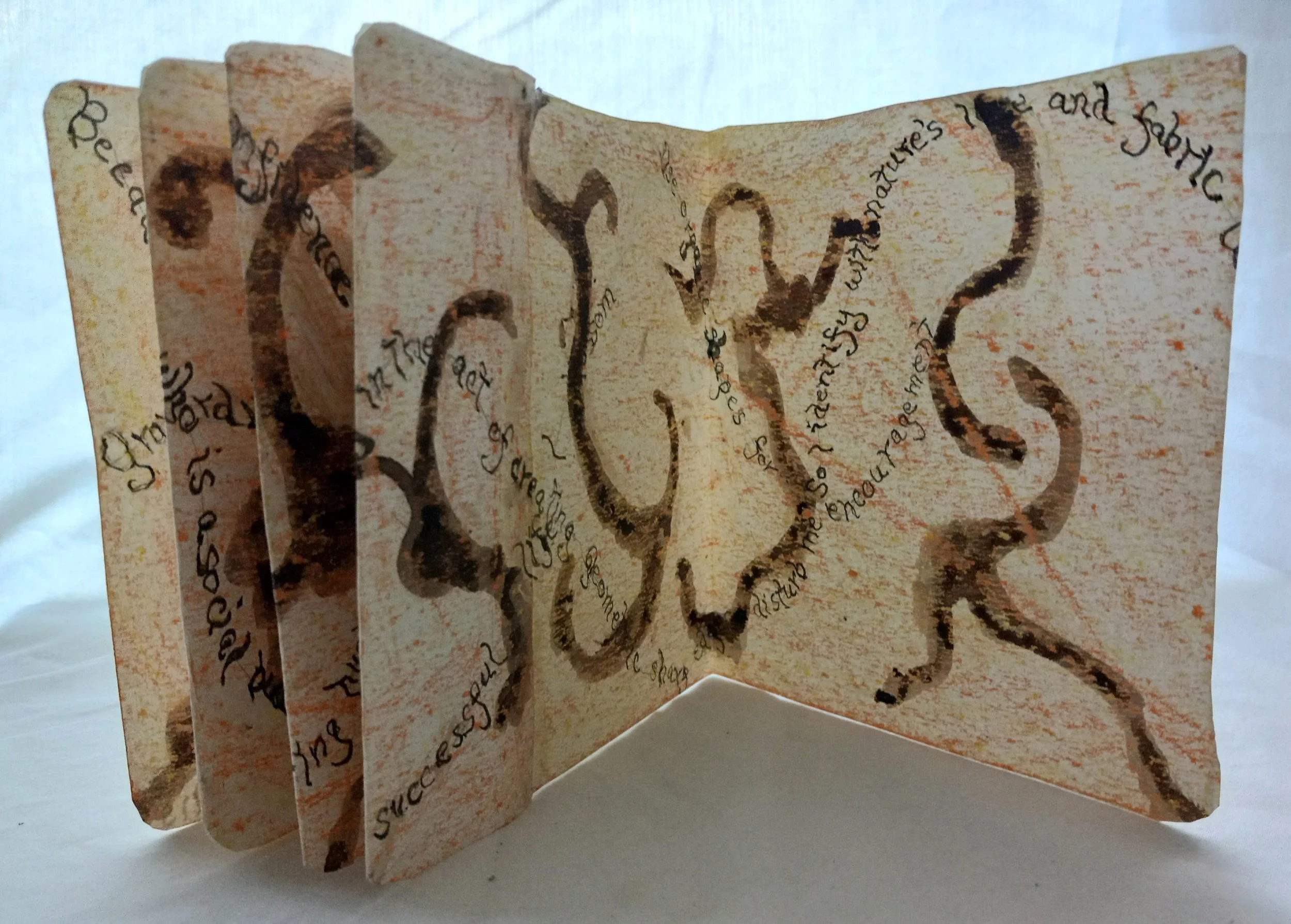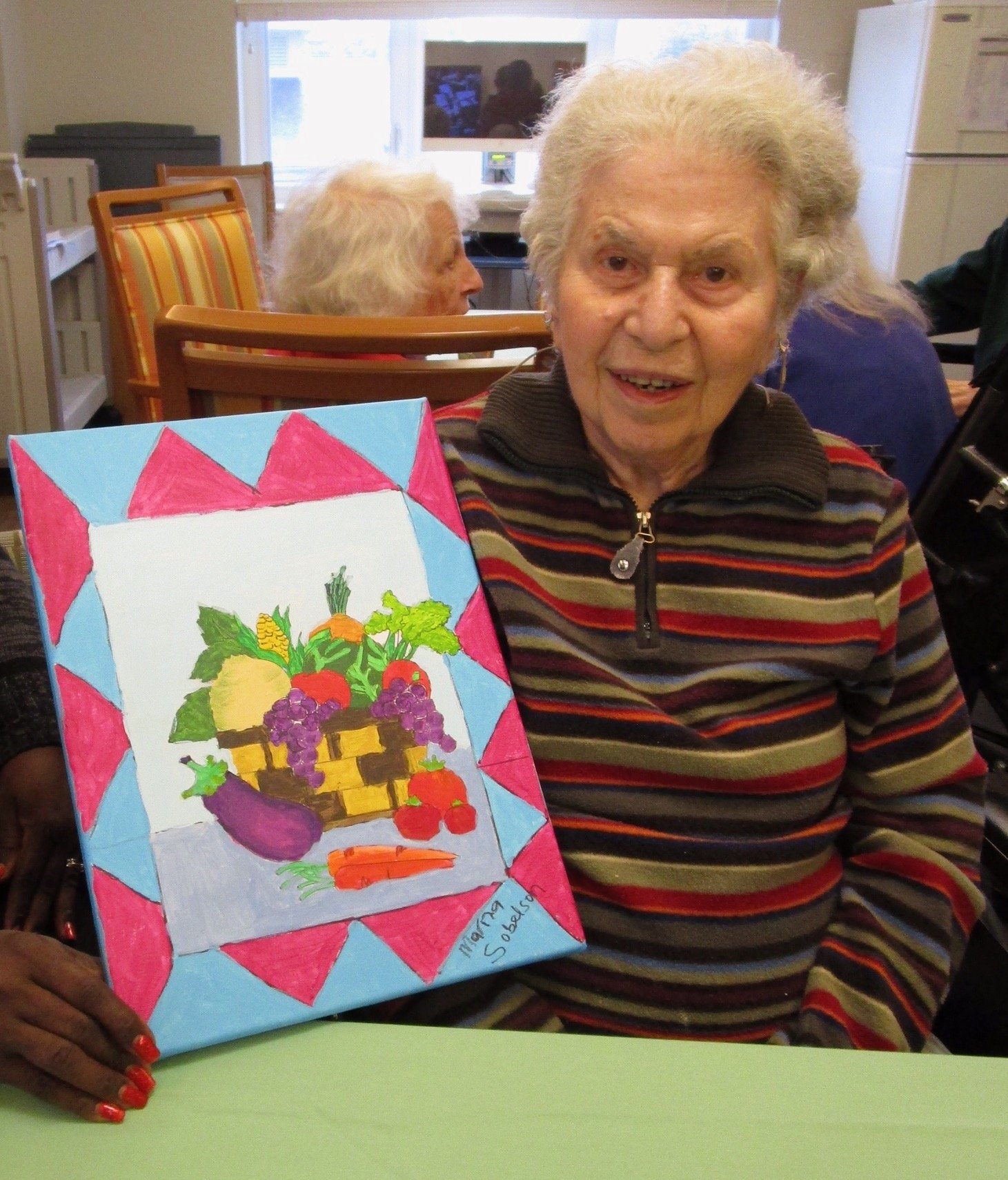Eat a Pretzel Day is about indulging in this popular snack that comes soft or crunchy, sweet or salty, twisted into a knot or straight, large or small, salted or plain, served with mustard or cheese.
Pretzels may be the world's oldest snack. Legend has it that an Italian monk invented the soft variety in 610 AD when he rolled and baked thin strips of dough into the shape of arms folded in prayer, and gave them to children who learned their prayers. The monk called them pretiola, the Latin for “little reward,” and parents of the children called them brachiola, meaning “little arms.” When they made their way to Germany, they became known as bretzels. Around the same time, the Catholic Church adopted strict rules on fasting, which helped the popularity of pretzels grow. Since pretzels’ main ingredients are bread and water, they came to be seen as a penitent food in lieu of more-substantial meals. They became known as symbols of good luck. On New Year’s Day, German children have traditionally worn pretzels around their necks as good-luck charms.
Pretzel baking remains popular in Germany, particularly in the region of Franconia and surrounding areas. Many varieties are made for same-day consumption, sold in bakeries and in stands or booths on downtown streets. Often they’re sliced horizontally and buttered — known as “butterbrezel” — or are served with slices of cold meat or cheese. German soft pretzels are made with assorted flours like rye, spelt, or whole wheat, and are topped with melted cheese, bacon bits, or sunflower, pumpkin, caraway, sesame, or poppy seeds. Many local varieties of pretzels are made throughout Germany. In Bavaria, they are often served alongside the main dish, such as Weisswurst sausage.
Although Germany is the European country most associated with pretzels, the snack has left a mark on other countries. In 16th-century Austria, they were put on Christmas trees and were hidden on Easter morning along with hard-boiled eggs. The Swiss, who came up with the phrase “tying the knot,” use the pretzel in wedding ceremonies. Couples make a wish and break a pretzel, sort of like a wish bone (except highly edible).
Soft pretzels were introduced to North America in the late 18th/early 19th century by German immigrants, who (incorrectly) became known as the Pennsylvania Dutch. Handmade pretzel bakeries sprang up in the PA countryside. The popularity of soft pretzels spread. By the 20th century, soft pretzels were particularly popular in cities such as Philadelphia, New York, and Chicago. It was common to serve brown mustard alongside them in Philadelphia. Until the 1930s, soft pretzels were handmade, with workers being able to twist about 40 of them a minute. The Reading Pretzel Machinery Company introduced the first automatic pretzel machine in 1935. This meant large bakeries could make 245 pretzels a minute.
The hard pretzel seems to have originated in Lititz, PA, in 1850, baked by Julius Sturgis, who Sturgis, who opened the first commercial pretzel bakery 11 years later. By the 20th century, hard pretzels were being produced on a large scale, and were even more widespread by the 1930s and 1940s. Hard pretzels come in a variety of forms: shaped like miniature soft pretzels, braids, loops, and sticks. Thicker and longer sticks, known as Bavarian pretzels or pretzel rods, are also made. Hard pretzels may be dusted with salt or other toppings, or they may be coated with chocolate, yogurt, or something else.
Over $550 million worth of pretzels are sold in the US each year, 80% made in PA. The state is also first in consumption—Pennsylvanians eat about 12 pounds of pretzels a year per person while the average American eats close to 2 pounds per year. But on Eat a Pretzel Day, people everywhere eat pretzels. It’s the chance to catch up to Pennsylvanians.














































































